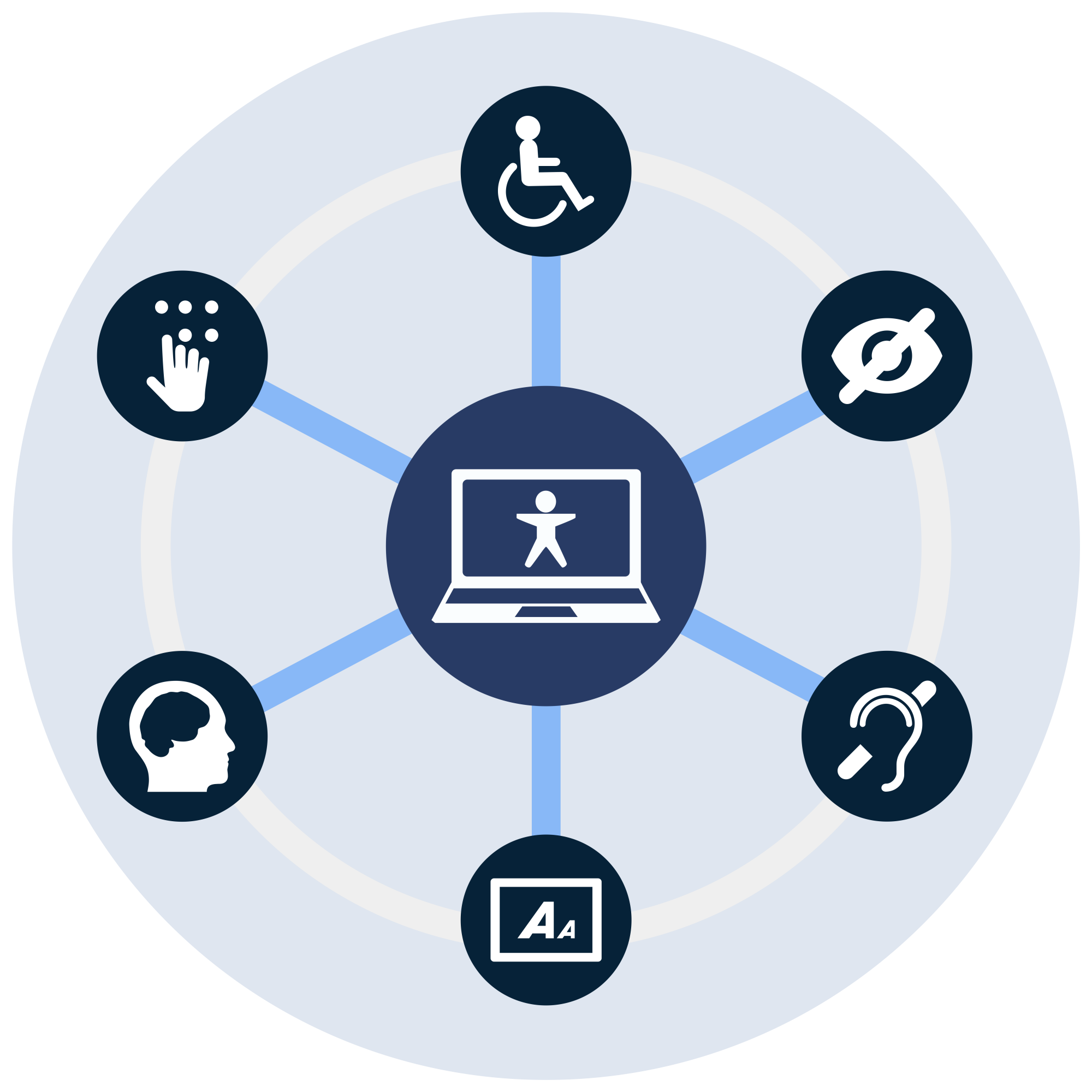Foster Swift Municipal Law News E-blast
April 22, 2024
 Introduction
Introduction
Earlier this month, the U.S. Department of Justice (DOJ) released new regulations that provide detailed standards designed to improve the accessibility and navigability of state and local government websites. A much-needed enhancement to the 34-year-old Americans with Disabilities Act (ADA), the new guidelines mean that most websites and mobile applications hosted by governmental units must be easily accessible and navigable to people with disabilities.
Questions & Answers on New Rule
Q: What is contained in the new online accessibility regulations?
A: The DOJ regulations, which total 300+ pages, are based on a globally recognized set of requirements and standards for evaluating the accessibility of website and mobile application content to persons with disabilities. These international standards are known as the Web Content Accessibility Guidelines – Version 2.1, Level AA, or WCAG. Developed worldwide over decades, these guidelines present detailed, granular criteria for creating and posting digital content that is more accessible to disabled persons.
Q: Why are new guidelines being required at this time?
A: Ensuring web accessibility for people with disabilities is crucial. In an age when essential information for U.S. residents can only be found online, any barriers preventing access to it can result in less than full civic engagement. When government websites and mobile apps aren’t appropriately accessible to this population, they are deprived of vital information and prevented from taking advantage of public benefits and programs. The fairness and equality of our system are compromised if everyone can’t enjoy equal access to all available information and programs.
Q: Which governmental units are subject to these new DOJ regulations?
A: The regulations apply to all governmental entities at the state and local levels. This includes public schools and libraries, social service agencies, health care agencies, law enforcement agencies, public transportation authorities, regulatory agencies, senior citizen authorities and voter registration agencies. In addition, all outside vendors that provide online content or pass-through services to government entities or residents must ensure that the websites and mobile apps they offer meet the DOJ standards.
Q: How long do the government entities that are subject to the DOJ regulations have to bring their websites and mobile applications into compliance with the new rules?
A: Governmental units serving total populations of 50,000 people or more will have two years to comply. Those entities serving populations of less than 50,000 people will have three years to comply. Outside vendors of digital content and services will be required to meet the same compliance deadlines as their client/customer organizations.
Q: What are the penalties for non-compliance with the DOJ rule?
A: The DOJ has yet to finalize specific penalties for non-compliance, but some key points to consider regarding enforcement:
- Focus on resolution – The DOJ’s priority is not enforcement but achieving its website accessibility objectives through voluntary compliance and ample technical assistance.
- Potential lawsuits – Individuals with disabilities still have the right to sue government entities under the ADA for inaccessible websites and apps.
- Damages and injunctions – Courts are empowered to order any legal website modifications and payment of monetary damages and attorney fees for ADA violations related to website and app accessibility.
Q: Now that government entities are being required to comply with digital accessibility standards, should private companies and organizations expect a similar set of regulations from DOJ ordering a significant upgrading of the digital accessibility for all their websites and mobile apps?
A: It’s not on the immediate horizon, but all the prevailing conditions and trends indicate that the U.S. government – at some point – will issue a set of digital accessibility standards for the websites and apps hosted by private industry and organizations. And they’ll probably look very much like the new rules recently issued for government websites and apps.
Over the past several years, the business community has been forced to face this issue, as a tsunami of civil lawsuits has been filed by disabled persons or their advocates regarding inaccessibility issues with their websites or mobile apps.
Most successful private businesses already recognize the competitive advantage of digital platforms that are accessible and inviting for everyone -- and continue to make significant investments toward that end.
Q: How much is all of this going to cost?
A: The Department of Justice estimates that U.S. counties could face a bill of about $967 million to comply. For cities, the price tag will be upwards of $2 billion. The ongoing, annual average costs after implementation could reach $81.6 million for counties and $252 million for cities. Similarly, townships, school districts and higher education institutions could also face compliance costs in the billions. DOJ admits this is a lot of money, but once fully implemented it claims state and local governments will save hundreds of millions of dollars per year due to reduced contact time required to serve members of the public and lower costs for decreased mail, phone and in-person services.
Useful Resources from DOJ
DOJ Fact Sheet: www.ada.gov/notices/2024/03/08/web-rule/
The Full DOJ Rule: https://www.ada.gov/assets/pdfs/web-rule.pdf
The attorneys in Foster Swift’s Administrative and Municipal Law Group are well-versed in the new regulations requiring government websites and apps to be accessible to disabled persons and can respond to your questions and concerns.
To discuss how to comply with the new digital access regulations for government websites, please contact Michael Homier at mhomier@fosterswift.com / 616-726-2230 or another member of the municipal practice team.



 Share
Share